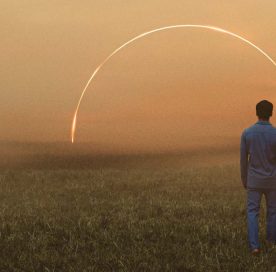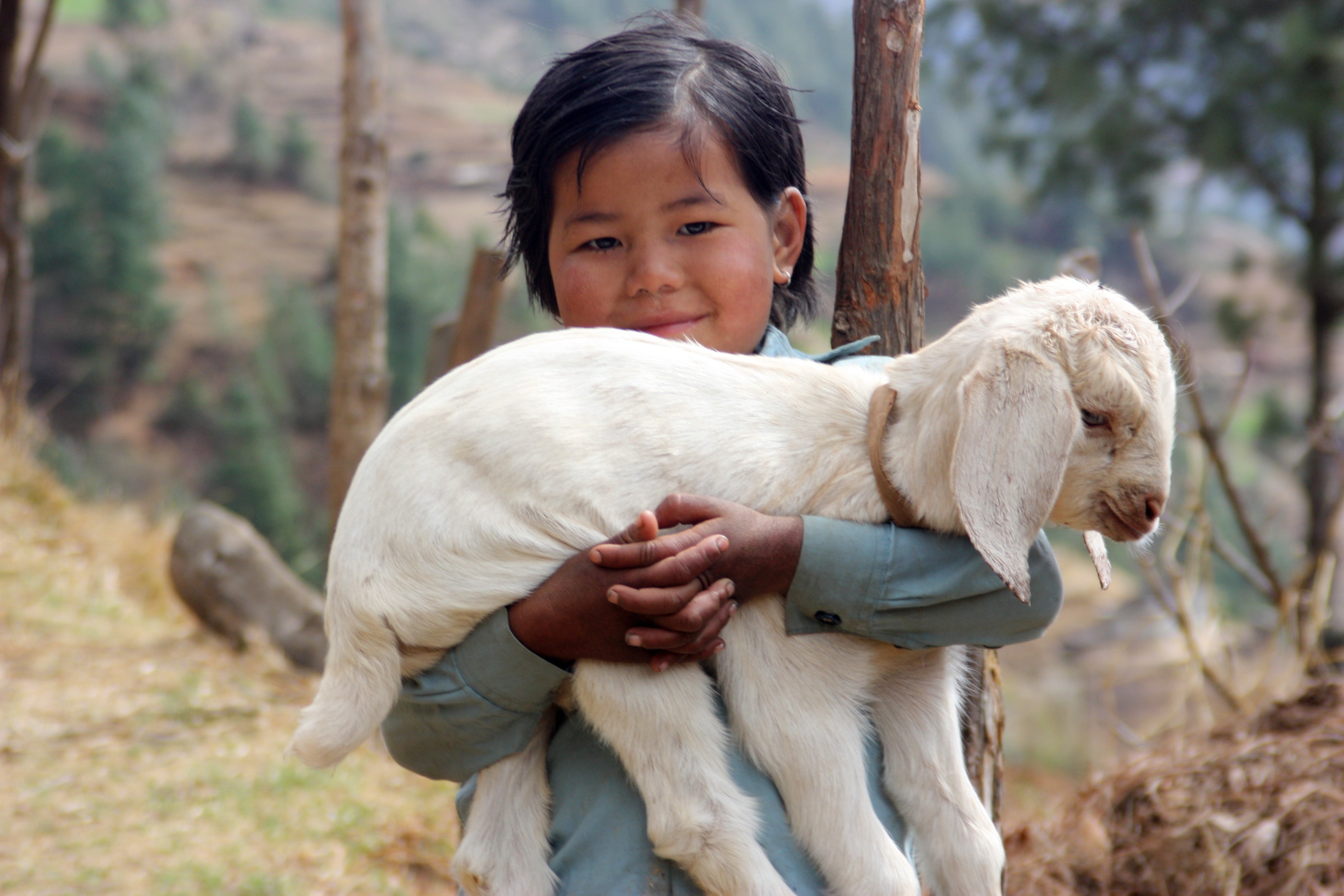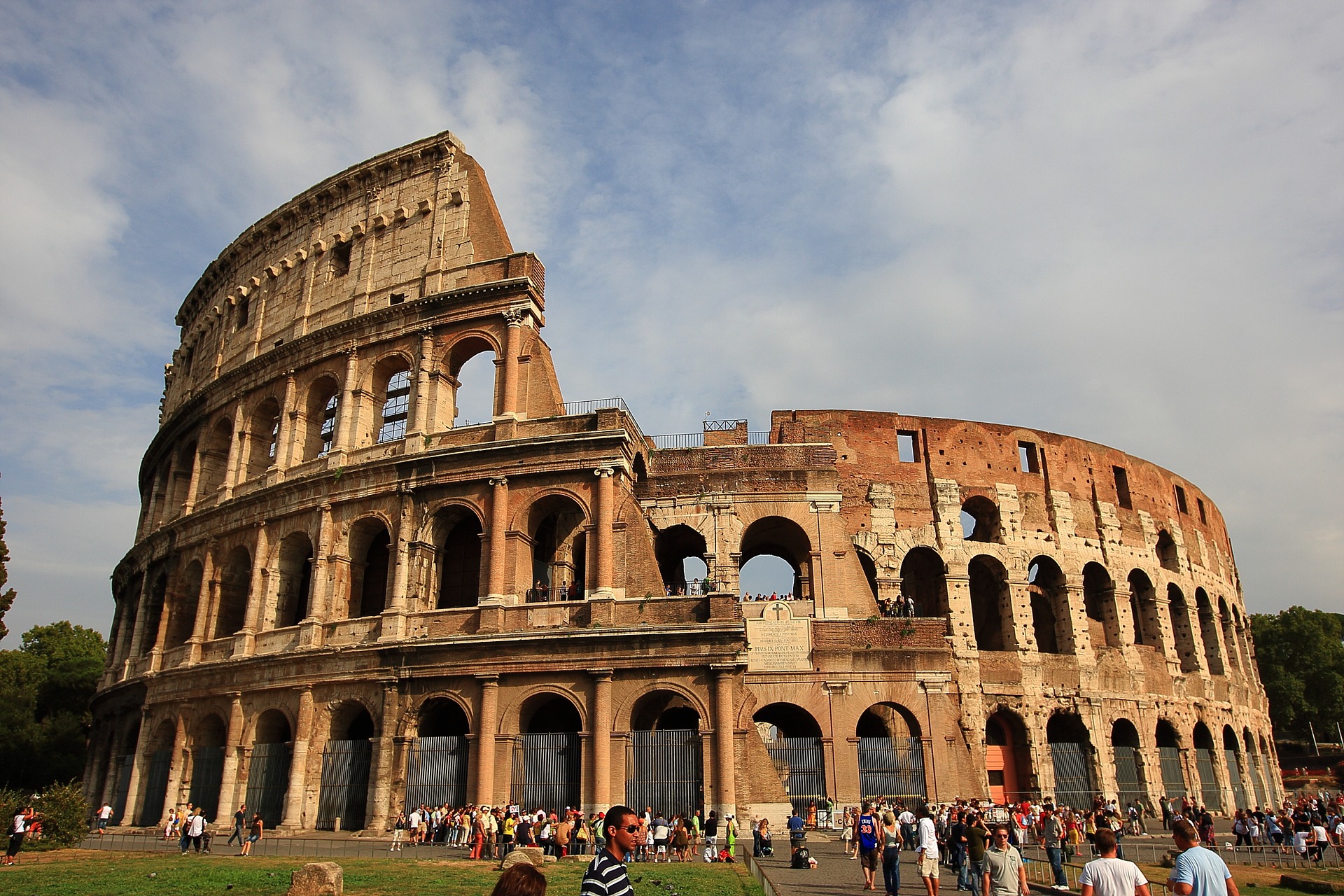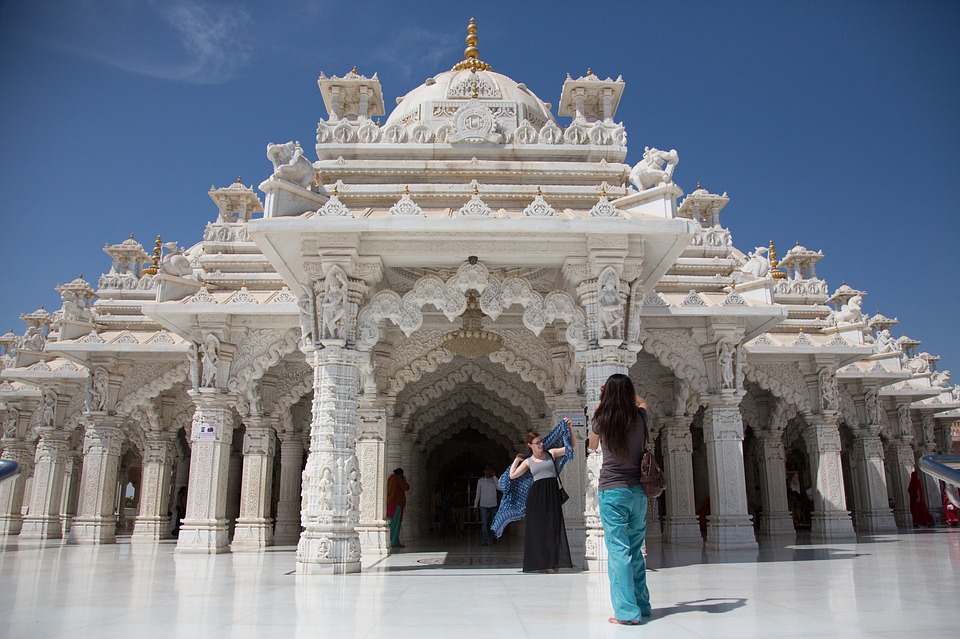You’ve been longing to explore the secluded beauty and rich culture of remote regions. It is time for you to explore the undiscovered trekking route of Manaslu. The Manaslu Circuit Trekking is a hidden gem that stands out.
The trail winds through steep climbs and rugged terrain, starting at the Budhi Gandaki River and ending at the Larkya La Pass, the highest point of the trail. The challenges of the trail reward us with stunning views of the Himalchuli, Nadi, Pangboche, and Manaslu ranges.
Apart from the stunning views of the Manaslu and Annapurna ranges, the Manaslu Circuit Trail’s blend of natural wonders and cultural diversity makes the trek truly alluring.
If you are interested in exploring the untrodden path of the Manaslu Circuit Trek, join me on my 14-day journey and experience the magic of this beautiful region.
What Does The Manaslu Circuit Trekking Experience Like?

The two-week trekking journey started full of excitement, thrill, and nervousness. Let me give you insight into the journey.
The Early Journey of Trekking
It was early spring in 2022, and I was all set to embark on the Manaslu Circuit Trek. Since the area is restricted, hiring a trekking company and a licensed guide is mandatory, so I booked my trip two months in advance.
After a 22-hour flight from Canada, I landed in Nepal, a country whose natural beauty I was about to explore for the first time. At Tribhuvan International Airport, a member of the trekking company greeted me and took me to my hotel.
The next day, I had a free day to adapt to the altitude, different time zones, and jet lag. In this free time, I explored the Kathmandu Valley and immersed myself in its culture and architectural beauty. Besides, it was the day for preparation for my trek, which concluded with some last-minute shopping and meeting my guide, who briefed me about the Manaslu Circuit Trek.
The next day began with excitement as I woke up early, freshened up, and headed out to meet my guide. Later, we started our journey by taking a jeep from Kathmandu to Macha Khola. The road was fine paved at first, but it became pretty bumpy at the last part, which was 35 to 40 kilometers. Despite the rough ride, the serene views of the countryside and the fresh, crisp air filled me with excitement for the trek ahead.
From Macha Khola to Namrung: a Treck Worth Remembering
Officially, the trekking started on day 4. I marched through the roads of Khorla Bese and reached Tatopani, which is famous for its natural hot springs.
We ascended to Dobhan and entered the Manaslu Conservation Area. Soon, we found ourselves in the scenic village of Jagat, which comes with a rugged and rough setting and narrow lanes with pavements.
On this journey, we came across multiple waterfalls and several suspension bridges.
The next two-day trek to Deng and then to Namrung was quite a big day for me. The trail passed through gorges, crossing the Budhi Gandaki River and leaving the Tsum Valley trail behind. We headed to the west and marched through quaint villages like Ghap with their scenic outlooks and climbed the last steep stretch that brought us into Namrung.
Unspoiled Cultural Gem with Breathtaking Side Trips: Namrung to Samdo
We caught the first real glimpse of the significant mountains along with Shringi Himal, Kutang Himal, Ganesh Himal, and many more peaks. They were with us as we kept ascending the valley.
The Village of Lho
After those two long days till Namrung, the rest of the trail would be more challenging. But I was pleasantly surprised as the way from Namrung was more accessible.
Finally, we hit the jackpot of spectacular views as the valley opened up to our vision of the beautiful village of Lho.
This was just a glimpse of what was next as we headed to Shyala. The viewpoint allowed us to observe the towering peaks of Nadi Chuli, Himal Chuli, Kutang, and Manaslu, which greeted us with their majestic presence.
Pungen Gompa
I was fortunate because, while many on the classic Manaslu Circuit Trekking itinerary stay in Lho, my guide suggested we stay in Shyala. Trust me, it turned out to be one of the best experiences of the trek. You can capture with your camera what your eyes see – which is a 360-degree view of grand and imposing mountain vistas.
From Shyala, we reached Pungen Gompa, a mesmerizing place with an amazing viewpoint. This was, without a doubt, one of the best places to visit.
The place offered spectacular vistas of Himal Chuli, Kutang Himal, Manaslu, and a captivating glacier. From there, we steadily descended through pasturelands and reached Samagaun.
Staying at Samagaun
Samagaun became our stay that day as we allowed our bodies to accommodate and acclimate to the altitude. I wondered why we chose this village, but my guide explained the multiple options for excursions during the day. The clear trail and suitable weather conditions supported my decision to head for the challenging hike early in the morning. We were headed for the Manaslu Base Camp.
The joy of experiencing the 360-degree Himalayas, including the 8th-tallest mountain, Manaslu, Naike Peak, the Ganesh Himal range, Pangboche Himal and its glacier, Birendra Lake, and the deep Nubri Valley, was unparalleled.
But those who want to take it easy for the day can enjoy the serene environment of Birendra Lake and the monastery of Samagaun.
The Climax: Samdo to Crossing Larkya La Pass
The second day of our hike at Samdo was after one day of hiking from Samagaun. It brought us closer to Larky La, our destination. The trail took us on a short climb while we witnessed the river before steepening. We made our way to Samdo around the midday.
Since I had enough time, we spent the day exploring the hills of Samdo, immersing ourselves in the local atmosphere. The next day was another acclimatization day, so we hiked to the Rui La Pass (4998m) on the border of Tibet. The beauty of the Himalayas and the Fukang Glacier were an incredible highlight of the journey.
From here, the final climb of the journey began as we headed to Dharamshala and stayed the night. The next day, we embarked on the trail to Larkya, La.
The hardest part of the trek is to walk on the icy glacier to reach the Larkya La pass. Finally, we noticed the first prayer flags. We marked our victory as we reached the market and posed for selfies and random snaps.
Reaching the top of Larkya La Pass was a moment of a lifetime. All the hard work and worries melted away as I was awed by nature’s beauty. The views of Cheo Himal, Kangaru, Gyaji Khang, Namjung, and Larkya Peak were marvelous—who wouldn’t want to capture such elegance on camera?
We stayed for 20 minutes to commemorate the journey and celebrate the accomplishment. After soaking in the scenery, we headed toward Bimathang.
The Final Part: From Bimthang to Kathmandu
The end of the trek was near, and we spent our day in Bimthang with the final views of Manaslu North, Phungi, Himlung, and Cheo Himal.
From Bimthang, I finally experienced the luxury of a Western bathroom after many days of using squat-based facilities. Trust me, I was thrilled to take a hot shower and return to civilization after spending a while in the wilderness.
We then came down through green yak pastures and noticed the signs of the headwaters of Dudh Khola. A bridge led us onto a path through rhododendron forests that were quite familiar throughout our journey. It led us into a narrow valley that had terraced fields. The charming village of Goa was our place for a halt for the day.
The next day, we took a short and final walk that ended in Dharapani. From there, we took a scenic drive to Besishahar. The trek concluded the following day with a drive back to Kathmandu.
How do you Prepare for the Manaslu Circuit Trekking?

Preparing for the Manaslu Circuit Trek started a year before I was sure to go on this trekking journey. I took several steps before confirming my trip.
Best Season to Visit the Manaslu Circuit Trek
The ideal seasons for trekking the Manaslu Circuit are spring and autumn. After my personal experience, I learned that both seasons offer excellent views, good trail conditions, and favorable weather. However, the major challenge was choosing between these times, as I wanted to take a longer duration for my trekking journey.
During my research, I found that both seasons are competitive and equally beautiful for trekking. I chose to go in early spring, and it turned out to be a great decision. The highlight was witnessing the upper region’s Tibetan people celebrating festivals like Dha Chang, which added a unique cultural dimension to the trek, along with walking through the rhododendron forests.
As per my guide and local people’s reference, I wouldn’t recommend trekking during the summer due to the risk of landslides on the rugged terrain, and winter can make the trails slippery and more challenging.
Permit Requirement and Insurance
When I planned for the Manaslu Circuit trek, I learned that obtaining permits is crucial and can only be facilitated through a registered trekking company. There are three essential permits required:
Essential Permits for the Manaslu Circuit Trek
- Manaslu Conservation Area Permit (MCAP):
Required to enter the Manaslu Conservation Area, a part of the trekking route.
Cost: 3000 NPR per person
- Annapurna Conservation Area Permit (ACAP):
Required for entering the Annapurna Conservation Area, which is part of the trekking route.
Cost: NPR 3,000 per person.
- Restricted Area Permit (RAP):
It is essential to trek in the restricted Manaslu region beyond certain checkpoints.
Cost: $75 from December to August; $100 from September to November
Note: Since you have a restricted area permit, the TIMS card is not necessary.
Travel Insurance Coverage
For my trek, I chose comprehensive travel insurance to cover potential risks. This included protection against flight delays or cancellations that could impact my journey to Nepal. The policy also covered high-altitude trekking risks, such as altitude sickness, with specific provisions.
Additionally, it included emergency helicopter evacuation coverage in case of serious injury or health emergencies during the trek. This assured me that I was ready for any unforeseen situations that could arise during my adventure in the Himalayas.
What did I Pack for My Journey?
Here’s a list of essential gear and items I packed for my trekking adventure:
Clothing:
- Lightweight and moisture-wicking base layers
- Insulating layers like fleece jackets or down jackets
- Waterproof and windproof outer shell jacket and pants
- Trekking pants and shorts
- Tshirt (4 to 5 pieces)
- Thermal underwear (for higher altitudes)
- Quick-drying hiking socks and liners
- Gloves (insulated and waterproof)
- Beanie or hat for sun protection
Footwear:
- Sturdy and comfortable trekking boots with ankle support
- Flip-flops or sandals for rest days
Gear:
- Daypack (25-30 liters)
- Backpack (60-70 liters) with rain cover
- Sleeping bag (rated for -15 to -20 degrees Celsius extreme temperature)
- Trekking poles for stability and support
- Headlamp or flashlight with extra batteries
- Sunglasses with UV protection
Personal Hygiene and Health:
- Basic toiletries (toothbrush, toothpaste, biodegradable soap)
- Sunscreen and lip balm with SPF
- Personal medications and first aid kit
- Water purification tablets or filter
Miscellaneous:
- Lightweight towel
- Camera or smartphone for capturing memories
- Power bank or solar charger
- Snacks and energy bars
- Passport and permits in a waterproof pouch
Physical Fitness Preparation
Preparing for the physical demands of trekking in high-altitude regions like the Manaslu Circuit was crucial for me. With altitude gains exceeding 3,000 meters, I focused on enhancing my fitness regimen. In addition to my regular workouts, I incorporated extra cardio and strength training exercises tailored to improve endurance and muscle strength.
To acclimatize to the altitude, I also went on short hikes with a backpack in my local area, which helped condition my body for the trek. For those with limited time, even walking on a stair climber can be beneficial. It gives a manageable and effective way to build stamina and prepare for trekking at higher altitudes.
Food & Accommodation to Expect
On Manaslu Circuit trekking, tea houses provide a variety of local and Western dishes catering to trekkers’ tastes. Regional specialties include Dal Bhat, a hearty meal of rice, vegetable curry, lentil soup, and pickles, and we could ask them to keep it coming – as much as we wanted.
Other options range from fried rice, dumplings (Mo Mo), and Thukpa to various potato dishes, spring rolls, and chapati. For those preferring Western fare, choices like pasta, pizza, noodles, eggs prepared in any style, porridge, muesli, and Tibetan bread are available.
Accommodation along the trek is basic and reflects the remote nature of the region. In the early part of the trail, and after crossing the Larkya La Pass, there were a few decent tea houses with private bathrooms and hot showers. For the majority of the tea houses, I paid an extra $3 to $4 for hot showers, depending on the location along the trail.
However, in the upper part of the trek, the tea houses provided basic facilities, such as twin beds and shared bathrooms.
Despite its simplicity, the tea house experience provides a comfortable and essential respite for trekkers exploring the rugged beauty of the Manaslu region in Nepal.
How Much did the Trek Cost?

The total cost of my Manaslu Circuit trek amounted to approximately $1200, covering accommodation, transportation, permits, and guide fees. However, additional expenses like insurance, flights, and tips for the guide were not included in this package.
During the trek, staying in tea houses along the route cost around $30 per day, which included both accommodation and meals. In higher altitudes such as Samagaon, Samdo, Dharamshala, etc. I had to pay extra for services like charging electronic devices and hot showers, which were essential comforts on the challenging trail.
For transportation, I opted for a private jeep, which cost about $200 to Machhakhola. Considering availability and group size, I paid approximately $250 for a private jeep returning from Dharapani to Kathmandu.
Hiring a guide was crucial for navigating safely and learning about the local culture. It cost me $30 per day, and a porter who carried my trekking gear was charged about $25 daily, including their salary, meals, transportation, and insurance.
Additionally, the cost could vary if you opt for extra exploration or purchase Tibetan artifacts, woolen clothes, or other souvenirs in the region. Items range from $5 to $500, depending on their nature and quality. These expenses help to support the local economy and also give you a chance to get souvenirs from the stunning Manaslu region of Nepal.
My Final Thought
The Manaslu Circuit trek offers a peaceful journey through Nepal’s remote wilderness, providing a quieter alternative to more popular routes. Tea houses along the way offer essential amenities and a variety of local and Western meals, ensuring trekkers are well-nourished and rested.
Preparing for the trek involves securing permits such as the Manaslu Restricted Area Permit and prioritizing safety with a professional guide and porter. While the trek presents challenges like high altitudes and steep terrain, the stunning Himalayan vistas and rich cultural experiences make it truly rewarding.
Despite just the trek, I have heard fondly of the calm, cultural, and historical value this valley provides. Hence, it’s no longer about just the trek. So, if you have 4 weeks, you may also trek the Manaslu Tsum Valley.













